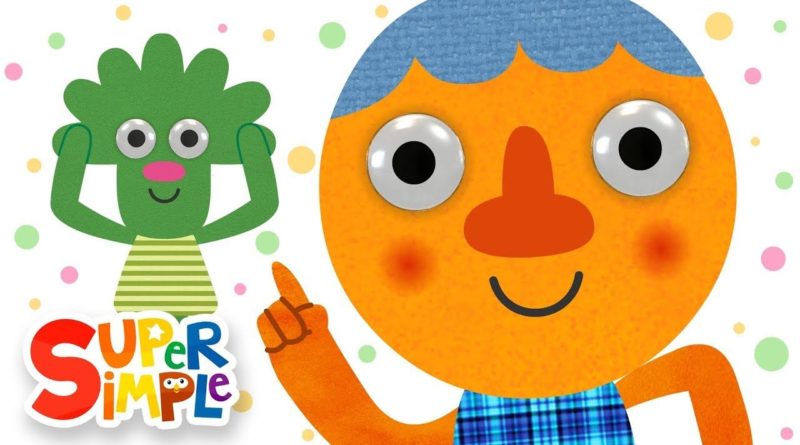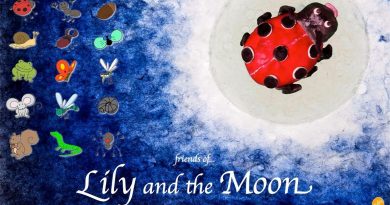The power of songs & steps for teaching Phonics.
The power of songs & steps for teaching phonics.
Video: Super Simple Songs. Source: https://www.youtube.com/watch?v=nddRGDEKxA0
Description of the English phonological system. Learning models and techniques. Perception, discrimination, and production of sounds, stress, rhythm and intonation. Phonetic correction.
Prior to the analysis of the English phonological system, we should introduce the concept of phonological competence as an important component of the linguistic competence described in the Common European Framework of Reference for Languages (CEFRL, 2001). Broadly speaking, phonological competence refers to the knowledge of, and skill in the perception and production of sounds and prosodic features such as stress, rhythm and intonation.
In more practical terms and taking these concepts to the primary FL classroom, our students should be able to understand basic phonological aspects and produce above the level of what we consider understandable. According to Celce-Murcia and Goodwin (1996), there is a threshold level of pronunciation in English such that if a given non-native speaker’s pronunciation falls below this level, he or she will not be able to communicate orally, no matter how good his or her control of English grammar and vocabulary might be. Thus, the goal of teaching pronunciation to our students is not to make them sound like native speakers of English.
Let us now move on to an analysis of the English phonological system.
Thus, we cannot forget the eight kinds of intelligences established by Gardner are:
Bodily-kinaesthetic: using one’s body to solve problems and express ideas and feelings. Associated strategies can be: Total Physical Response (TPR), role-plays, etc.
Interpersonal: perceiving the moods, feelings, and needs of others. Peer sharing and cooperative groups are valid strategies.
Intrapersonal: turning inward with a well-developed self-knowledge and using it successfully to navigate oneself through the world. Adequate strategies can be: provide students with reflection periods or attach personal connections with lessons regularly.
Linguistic: using words, either orally or written, in an effective manner. This intelligence is associated with storytellers, politicians, comedians, and writers. Appropriate activities may be: storytelling, brainstorming, writing, etc.
Logical-mathematical: understanding and using numbers effectively, as well as having special ability to reason well.
Musical: related in a wide range of ways to music. This can take many forms, as a performer, composer, critic, and music-lover. Some examples may be: classroom rhythms, songs, and chants, etc.
Naturalist intelligence: excellence at recognising and classifying both the animal and plant kingdoms, as well as showing understanding of natural phenomena.
Spatial: perceiving the visual-spatial world in an accurate way, so as to be able to work on it effectively. Effective strategies are: using visual aids, graphics, etc.
…Extra-curricular activities
These clubs provide children with fun alternative to how they learn in the FL class. They can also be ideal to favour children´s relationships by finding classmates with similar interests. When children join a club that peaks their preferences, the impact on their motivation is immediate. The English club can be an opportunity for children to have fun with English just by entering the FL blog and enjoying the challenges.
There may be different clubs to cater for all interests in the group: The music club, in which children with stronger musical intelligence can have access to songs they like with adequate support. “Another week, another song” may be the pre-requisite to be in the club. This means that students can make their suggestions regarding the songs (videos) they want to listen to, making the club interactive.
In the music club we can get children discover classics like The Beatles or insert their suggestions (i.e. Ed Sheeran).
The games club. In this club we may include a massive amount of content which can be easily uploaded to the FL blog, like flashgames dealing with different aspects of the language (i.e. lexis, hidden syntactic construction, communicative functions, etc.)
…
Engage children in “hidden-practice” of the FL by challenging them to listen or read something the teacher has uploaded. Some examples may be listening to a song while reading the lyrics to get familiar with the language, as the next day´s challenge consists of writing alternative lyrics; reading the rules of the next day´s playground English games; or listening to a YouTube story video to come up with the values and emotions they identify to report back to their mates the next session.



